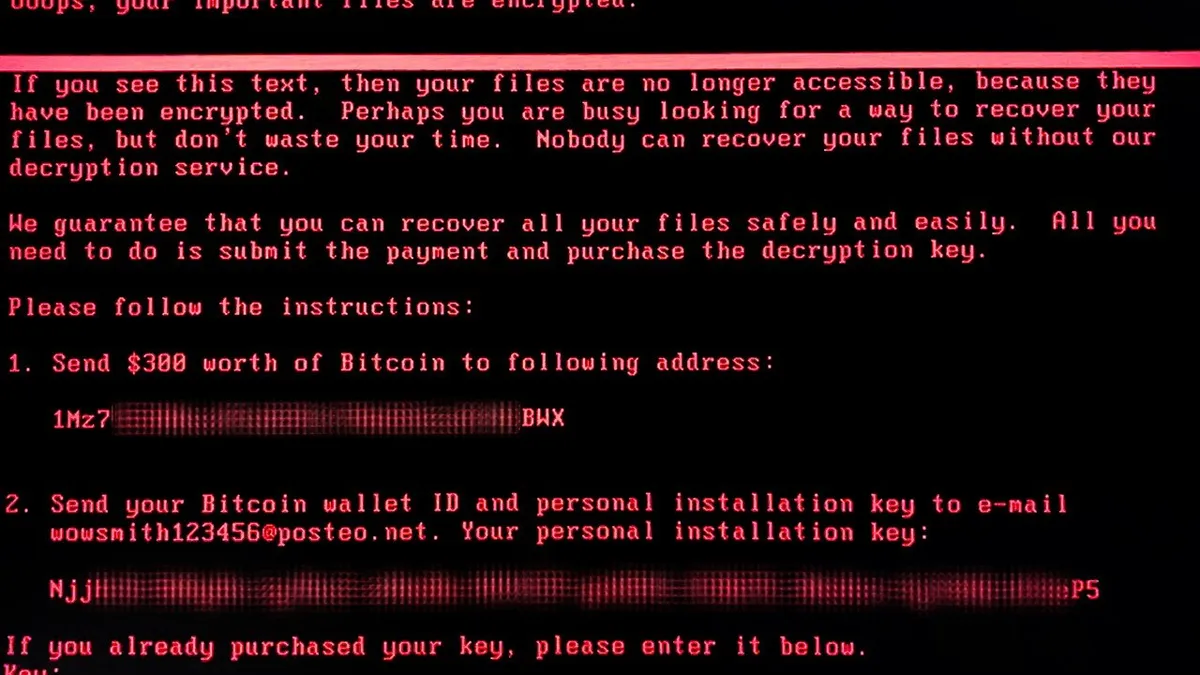Dive Brief:
- Estimates released by researchers from New York University, the University of California San Diego, Google and blockchain analysis firm Chainalysis peg the cost of ransomware over the past two years to over $25 million paid by victims.
- Campus Technology reports that the team's research looked at 300,000 files from over 30 types of ransomware, tracking the amount paid based on blockchain payments, with UCSD Computer Science and Engineering Ph.D. candidate Danny Yuxing Huang tracking the transfer of bitcoins from victims to ransomware operators to coin exchanges.
- The researchers say ransomware became a multi-million-dollar industry last year, with the lesser-known Locky being the first ransomware to bring in over $1 million in a month.
Dive Insight:
Education is among the top industries targeted by ransomware operators, largely due to the sensitive nature of its data and its critical importance to day-to-day operations. Other popular targets have included government entities and healthcare organizations. Data analytics software may, however, be able to solve campus' ransomware woes. One such solution, Splunk Insights for Ransomware, seeks to streamline the process of addressing an attack, monitoring networks to prevent potential attacks before they can succeed.
Still, higher ed IT staff should work to ensure they're addressing what is perhaps the No. 1 threat to network security: the end user. At the University of Dayton, for example, Dr. Thomas Skill launched a campus-wide campaign focused on running phishing tests; sending updates, warnings and the latest security news; and offering incentives and prizes for people to complete certain actions as a way to promote greater awareness among students, faculty and staff. Educating those stakeholders on how to avoid falling victim to malicious activity online remains among the most effective means of securing institutional networks.









